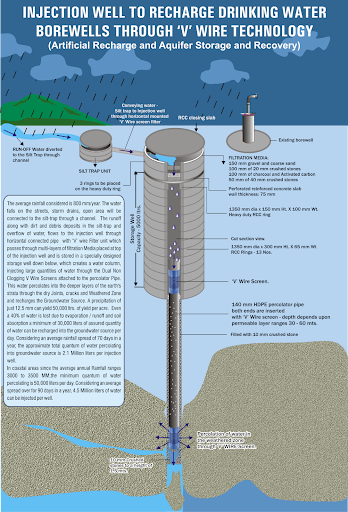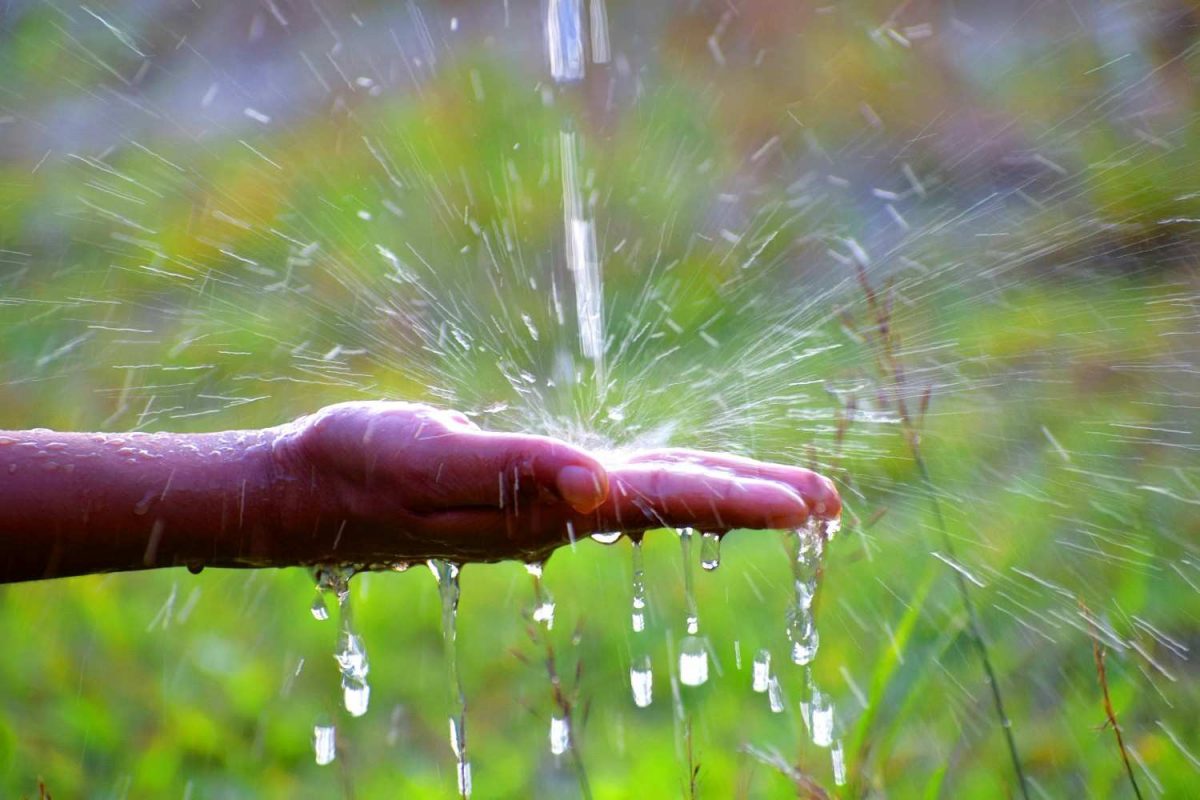Bengaluru’s water problems are no secret. Over the years, the city’s seen more and more contaminated sources, leading to a spike in waterborne diseases. Gated communities, which make up a major chunk of the city’s water demand, can actually play a huge role in tackling this.
Rainwater harvesting (RWH) is more than just an eco-friendly initiative. It offers practical, long-term benefits for both residents and the city at large. These include:
-
Reducing collection and distribution costs
-
Improving water quality, especially in areas with poor groundwater
-
Minimising urban flooding and controlling non-point source pollution
-
Extending the lifespan of home appliances by reducing scale build-up
-
Cutting down water bills
-
Ensuring water availability during summer shortages.
Recognising these advantages, the Bangalore Water Supply and Sewerage Board (BWSSB) has outlined specific guidelines for housing societies to set up efficient RWH systems. Here’s a clear breakdown of what you need to know.
Standard setup requirements

For effective rainwater harvesting, BWSSB recommends a combination of storage and recharge methods. The guidelines are as follows:
-
For rooftop areas, provide a storage/recharge capacity of 60 litres per square metre.
-
For paved open spaces, allocate 30 litres per square metre.
Recharge wells should be at least 3 metres deep and 0.9 metres in diameter. It’s important to keep these wells open—avoid filling them with jelly or sand. Instead, use RCC rings layered with different sizes of jelly (40 mm to 6 mm) to support effective water infiltration.
Core components of a rainwater harvesting system
1. Catchment surface
The rooftop and open areas of your society serve as the primary catchment. Water quality will depend on roof material and nearby surroundings. Sloped roofs should be fitted with gutters and downpipes to guide water efficiently into the storage tank.
2. Gutters and downpipes
Gutters, typically made of PVC, vinyl, or aluminium, collect rainwater from the roof. They should be slightly sloped so that water flows towards downpipes. Downpipes usually 75–110 mm PVC carry this water to the storage tank. In RCC buildings, these components are often integrated into the existing drainage infrastructure.
3. Storage rank
This is the most critical and most expensive part of the system. The tank size should match the catchment area, rainfall pattern, and projected usage. Durability and accessibility for cleaning are important factors in choosing the right tank.
4. Filtration system
A filtration unit removes physical impurities. Sand bed filters are commonly used, incorporating layers of sand, charcoal, gravel, and pebbles.
-
Wall-mounted filters work for rooftop areas up to 250 sq. m. For larger catchments, multiple units may be needed.
-
A first-rain separator is essential for rooftops above 500 sq. m. It captures the first 1 mm of rainfall, usually the most contaminated, and stores it separately. A bypass valve allows residents to choose when or whether to harvest water during heavy rains.
Bengaluru often experiences rainfall intensities of up to 60 mm/hour, so the filtration system must be designed to handle this flow rate. Use filter materials like coarse sand, charcoal, and varying sizes of jelly stones, depending on your water quality requirements.
5. Delivery system
Once filtered, water must be channelled efficiently through pipes to the intended storage or distribution point. These pipes should be regularly checked for leaks and cleaned to maintain a consistent supply.
6. Water testing and treatment
Although rainwater appears clean, it’s essential to test it periodically, especially if it is intended for potable use. Treat the water using appropriate methods based on test results to ensure safety.
Ongoing maintenance guidelines
Maintenance plays a crucial role in the long-term success of your rainwater harvesting system. Here are the key practices to follow:
- Keep rooftops and nearby areas free of debris. Do not let scrap materials or detergent-rich water enter drains.
- Use perforated RCC slabs over drains for easy access and cleaning.
- Display signage within the society to raise awareness and promote good practices.
- Train support staff to maintain filters, clean drains, and manage recharge wells.
- Clear silt and debris from filter beds regularly.
- Ensure domestic wastewater does not mix with the recharge system.
RWH for paved areas
Most housing societies prefer paved surfaces for ease of access and maintenance. However, conventional paving can hinder water absorption. To allow for infiltration:
-
Use porous pavements made with coarse aggregate.
-
Lay a geotextile fabric beneath the paving to direct water into the soil.
-
Opt for pre-cast tiles with holes, set on a sand base, to allow water to seep through.
The role of green cover
Incorporating greenery into your society’s landscape can significantly enhance rainwater absorption. Plant native trees at varying heights to slow down rain impact, improve water retention, and prevent soil erosion. Leaf litter also enriches the soil with humus, aiding moisture retention. A strong green cover complements your RWH system naturally.
To dive deeper into each specification and ensure your society meets all BWSSB standards, check out the downloadable PDF.


